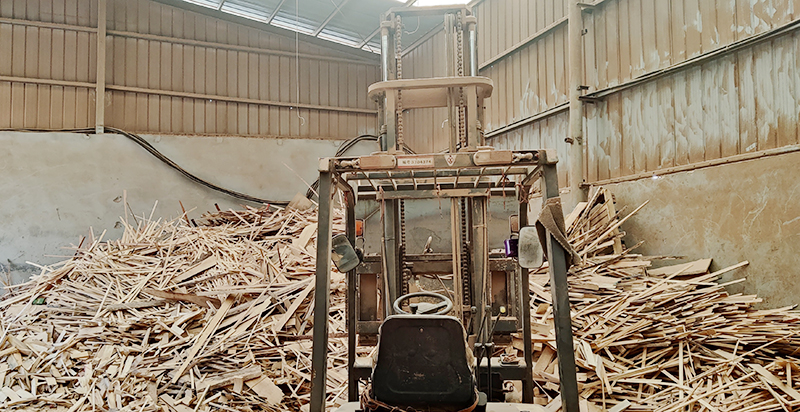As the most potential renewable energy, biomass energy has become the fourth largest energy source in China after coal, oil and natural gas. Promoting the resource utilization of biomass materials with abundant reserves and green environmental protection is an effective technical way to achieve “dual carbon”, and it is also an important task of energy conservation, emission reduction and environmental protection in China, which meets the current needs of environmental protection, energy conservation and low-carbon economy.
Recyclable biomass materials mainly include plants that directly use photosynthesis to synthesize organic matter, such as crop straw, rice husk, corncob, waste wood and urban waste, etc.; also include organic matter formed by indirect use of photosynthesis products, such as livestock. Poultry feces, crab shells, small shrimps and shells, etc., as well as photoautotrophic prokaryotic algae.

At present, the fields of efficient and comprehensive utilization of biomass are distributed in energy, ecological agriculture, environmental restoration, building materials, etc. Take the application in the energy field as an example, including biomass to ethanol and biomass power generation. The former is the most traditional way of efficient and comprehensive utilization of biomass. In 2018, China’s biomass fuel ethanol production was about 3.4 million tons, and it has gradually become an important part of liquid fuels. Biomass power generation has reached 111.1 billion kWh in 2019.
In terms of biomass energy storage, biomass materials are used to prepare carbon materials, which are used as substitutes for graphite in batteries to improve the energy storage performance of lithium-ion batteries.
However, there are still some problems in the comprehensive application of biomass materials. What kinds of biomass materials to develop, how to collect these biomass raw materials, how to utilize biomass materials on a large scale and in multiple ways, and how to find new methods for the preparation of biomass materials are all urgent problems to be solved at present.
There are many kinds of raw materials from which biomass materials can be prepared, and multiple factors such as reserves, cost, performance and process should be considered when screening. At present, the widely used biomass includes straw, straw, sawdust, waste wood, manure, kitchen waste, waste packaging cartons, etc. Most of these raw materials have the characteristics of abundant reserves, high carbon content, and simple preparation process.
Although China’s biomass materials come from a wide range of sources, the cultivated land is relatively scattered and the degree of agricultural mechanization is low. Taking the large-scale development of straw as an example, the output of straw is unevenly distributed across the country, and collecting straw requires a lot of manpower and material resources. The resulting logistics costs are an important factor to be considered in straw utilization. Therefore, the promotion of nearby utilization of straw is an inevitable trend towards large-scale application.
The development and utilization of biomass materials can achieve environmental governance, supply clean energy and respond to climate change at the same time, and have multiple environmental and social benefits. The advantages of regeneration usher in a wider development. Developing cleaner preparation methods, optimizing existing preparation processes, improving the yield of composite materials, and realizing industrialized large-scale production are issues to be further solved in the future research and development of biomass materials.